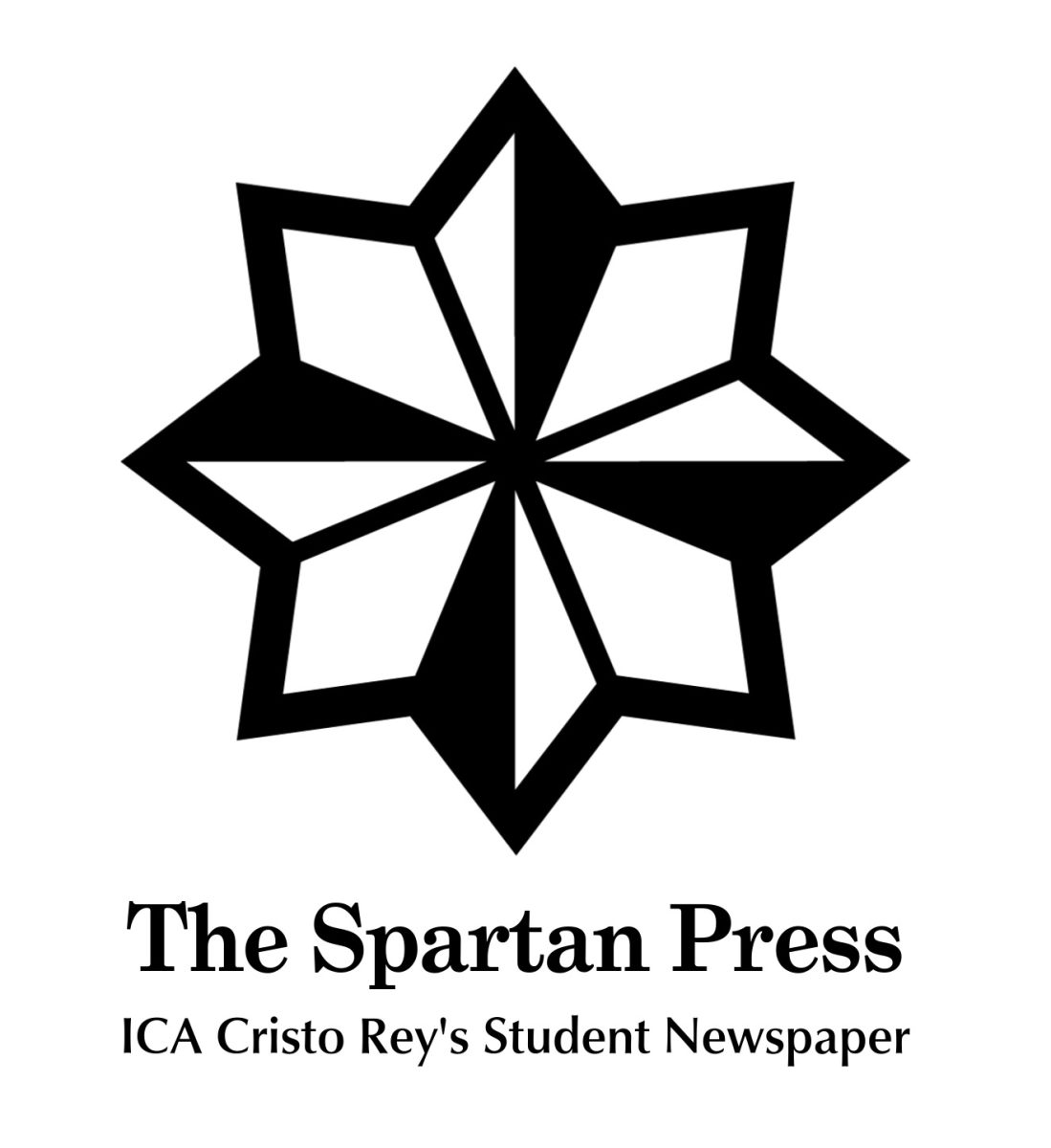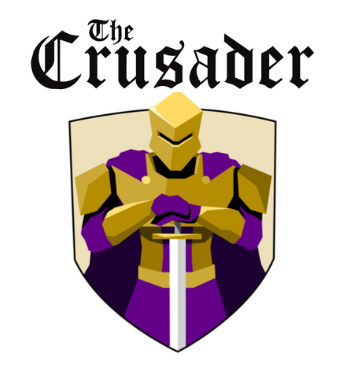Esperanto is a language that was made to be mankind’s universal language. It was designed for the purpose of international dialogue, to break one of the major barriers that separates people and places from each other.
The creator, Ludwik Zamenhof, made sure that the language would be simple and easy to learn. In fact, it’s estimated that it takes around half the time for an English speaker to learn Esperanto than it would to learn Spanish, German, French, and Italian, while being much faster than all other non-European languages. The language can also be easily learned online, with websites like Lernu.net providing free resources.
It is also a neutral language, as it spawned from a motley of languages, allowing for it to be removed from ethnic and cultural identification. Its alphabet is the Latin Alphabet (ours), yet it has sounds from all over the European continent, and composition like the Turkish writings. It takes elements from many languages, yet it keeps none of their indiocentricities.
The language actively works to fix the mistakes of all other languages, and in doing so hopes to unite the world on the basis of a common tongue. This dream was formed during the rise of nationalism, and after the rise of Hitler many of its speakers would be killed during the Holocaust, under the pretense that it was a “Jewish Conspiracy” to overthrow the Aryan race.
Even so, the language still persists despite it all. Its idea is almost magical, that there is some future world in which wherever you go there is a common language, from Baghdad to Beijing to Budapest to Boston. Does that not sound enticing? It’s a world crafted by the beckoning of the doves.
If there’s anything the world needs now, it’s unity, and Esperanto shall be a step towards that unity. Hence Esperanto’s name, which means “hope,” a true indication of its nature despite the many hopeless aspects of our world.






